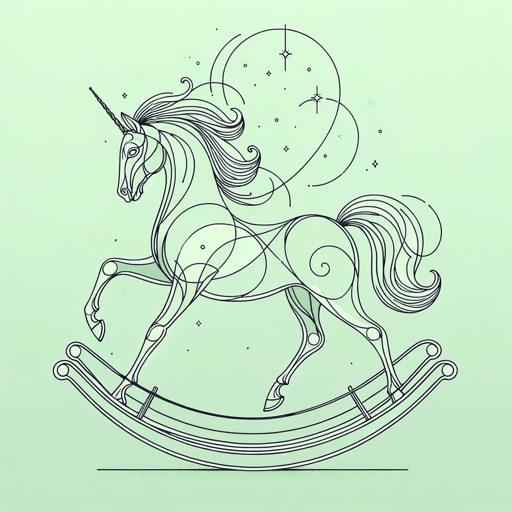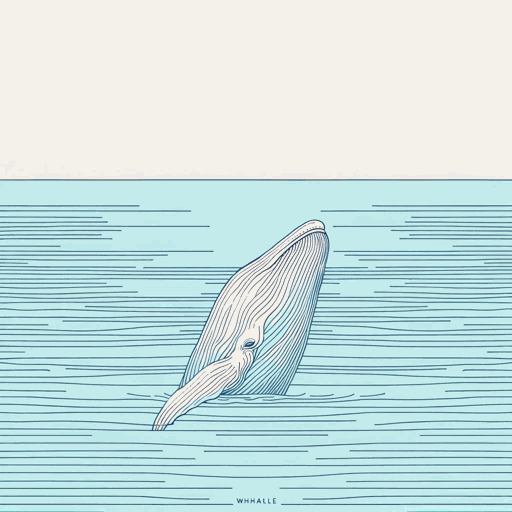21 pages • 42 minutes read
D. H. LawrenceWhales Weep Not!
Fiction | Poem | Adult | Published in 1932A modern alternative to SparkNotes and CliffsNotes, SuperSummary offers high-quality Study Guides with detailed chapter summaries and analysis of major themes, characters, and more.
Background
Literary Context
As an oceanic poem, “Whales Weep Not!” can be situated in a long literary history portraying the sea as an adversarial force to humankind, particularly the human individual. Lawrence’s warm-blooded whales, whom he identifies with people, are contrasted strongly with the cold, unfeeling depths of the ocean. While such characterizations find their origins in the classical literature which inspired Last Poems—namely Homer’s Odyssey, where the sea and its gods play primary antagonists to the hero Odysseus—similar themes can also be found in more contemporary works. The English Romantic poet Samuel Taylor Coleridge, for example, touched on similar themes in “The Rime of the Ancient Mariner” (1798). Later, Ernest Hemingway presents perhaps the most famous literary depiction of this antagonism in his 1951 short novel, The Old Man and the Sea.
The most important literary intertext for “Whales Weep Not!” though, is Herman Melville’s Moby Dick. Published in 1851 to resoundingly negative reviews, Moby Dick is now recognized as one of the great American novels, lauded for diving not only into cetacean behavior, but also, human nature. Like Lawrence, Melville was as much a naturalist as he was a poet. Moby Dick is (in)famous for its long-winded, scientific descriptions of whale behaviors, which Melville apparently sourced from both his own experience as a whaler and from his immersion in Nantucket whaler literature and culture.
Related Titles
By D. H. Lawrence

Daughters of the Vicar
D. H. Lawrence

Lady Chatterley's Lover
D. H. Lawrence

Odour of Chrysanthemums
D. H. Lawrence

Sons and Lovers
D. H. Lawrence

The Blind Man
D. H. Lawrence

The Horse Dealer's Daughter
D. H. Lawrence

The Lost Girl
D. H. Lawrence

The Prussian Officer
D. H. Lawrence

The Rainbow
D. H. Lawrence

The Rocking Horse Winner
D. H. Lawrence

Women In Love
D. H. Lawrence
Featured Collections
Animals in Literature
View Collection
British Literature
View Collection
Modernist Poetry
View Collection
Nature Versus Nurture
View Collection
Poetry: Animal Symbolism
View Collection
Pride Month Reads
View Collection
Short Poems
View Collection
SuperSummary Staff Picks
View Collection

